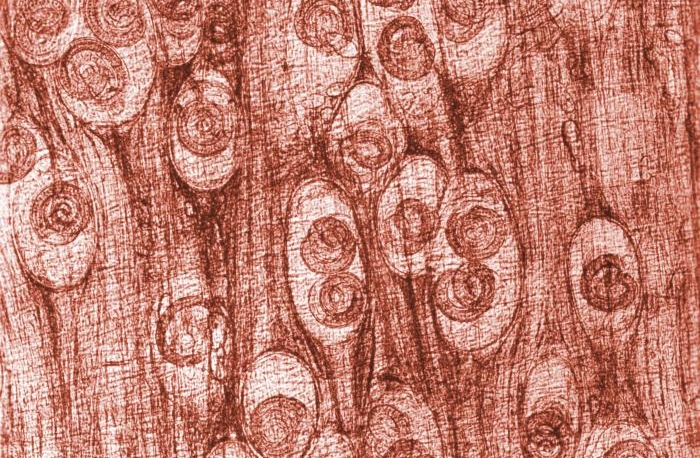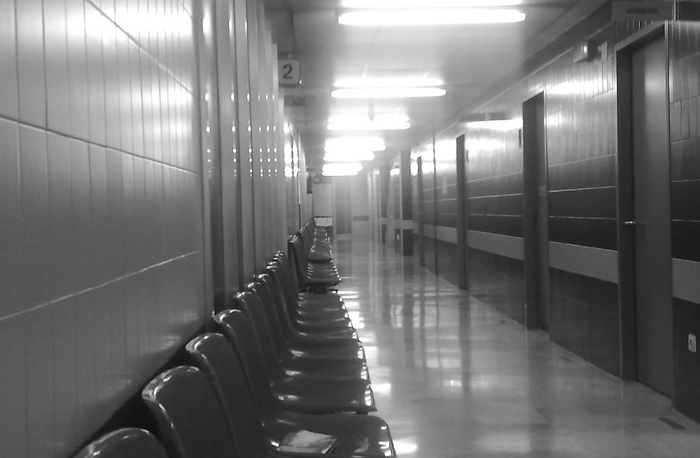As an aspiring or expert digital disease detective you are probably familiar with one of the many efforts to monitor diseases such as dengue, by asking people in the community to submit information on infections and mosquitoes. These systems are usually referred to as participatory surveillance systems (which basically involves the use of participatory methods to collect data on the presence or absence of a particular disease in a region) and have been developed for several countries including the Philippines, Pakistan, Sri Lanka and Puerto Rico.
Dengue, like influenza, is a great candidate for participatory surveillance. Dengue is often underreported because of mild infections or the similarities between dengue symptoms and other disease symptoms. So, infections that may be missed by health professionals could be picked up by participatory surveillance. As our friend, dengue expert, and man-in-charge of a Puerto Rico-based dengue participatory surveillance system, explains, places that have dengue also have influenza. Because those symptoms are shared, failing to monitor both diseases will actually inflate your estimated case counts for the disease you are tracking.
Dengue is typically transmitted to humans through the bite of infected Aedes aegypti mosquitoes. Although dengue is rare in the continental United States, it is endemic in many tropical countries. According to the U.S. Centers for Disease Control and Prevention, there are approximately 390 million cases of dengue infection worldwide each year. In Sri Lanka, there were over 137,000 cases reported in 2009-2013. Individuals infected with dengue usually experience symptoms that include high fever, severe headache, pain behind the eye, nausea, vomiting, rash and severe muscle, bone and joint pains.
Traditional dengue tracking methods rely on reports from medical providers. If you are bitten by an infected mosquito and later begin to experience any of the dengue-related symptoms, you would likely visit a clinician who would examine you, ask about your symptoms, and collect a blood sample to test whether you have dengue or not. Once the diagnosis of dengue is confirmed, the healthcare worker can report the data (your positive diagnosis) to local officials who then report the information to the next appropriate unit and so on. This health information tends to travel through a hierarchical structure. Thus, transmission of data to the ministry of health or dissemination to the public might be delayed by weeks or even several months.
Although there might be delays in the transmission of case information, the data collected through traditional monitoring of dengue is usually reliable since cases are confirmed in the lab. However, not everyone who gets infected has access to a medical provider. Also, the lack of financial resources and a weak public health infrastructure might hinder the effective monitoring of dengue cases in some countries. So, to supplement traditional systems, and reduce the delay in data transmission and dissemination, some public health and government officials have developed participatory and mobile phone surveillance systems, which take advantage of the global uptake of social media and mobile phone technology. These systems rely on public participation and/or reports from field workers to collect data on who is sick (including individuals who have been medically diagnosed and those who have dengue symptoms but have not yet had an official diagnosis) and where. Some of these systems also collect information on mosquitoes and mosquito control. Examples include the submission of reports through text, pictures or video on mosquito larvae clusters, and elimination of standing water in containers in the house and patio where mosquitoes can lay eggs.
An example of a participatory dengue surveillance system is Mo-Buzz, a system launched in Sri Lanka in 2013. The program was created by scientists at Singapore’s Center of Social Media Innovations with the goal of encouraging and improving communications between health officials and the public about dengue prevention and control. The system is made up of three parts: (1) a predictive surveillance component, (2) a civic engagement component and (3) a health communication component.
(1) Predictive surveillance component
The aim of the predictive surveillance component is to warn the public and health authorities of the likelihood of a dengue outbreak. The developers of Mo-Buzz use a computer simulation model that combines information on current spread of dengue cases, weather, and mosquito data to simulate what the spread of cases could look like several weeks into the future. This information is presented in hotspot maps, which are available to public health workers and the public. There are several advantages to this predictive component. First, healthcare workers can use the patterns predicted by the model to prepare for an outbreak by deciding what epidemic control measures to use and how to allocate resources. Second, simulations can be used to assess “what-if” scenarios to help researchers estimate the potential cost of different interventions.
(2) Civic engagement component
The civic engagement component aims to collect near real-time data on dengue risk by encouraging the public to report information on disease symptoms, mosquito bites and breeding sites. Individuals who choose to participate can select from a list of symptoms, which include fever, body aches, joint pains, loss of appetite, etc. Users have the option of adding symptoms not already listed and specifying whether they have been diagnosed with dengue. For mosquito bites, users can report information regarding whether they experienced the bite indoor or outdoor, any visible symptoms such a rashes or bumps, mosquito density (few or many) and location of breeding sites. This information can be submitted through mobile phones by filling out interactive reporting forms, which automatically capture the user’s geo-location. In addition, users can choose the type of reports they wish to see. The map is available to both registered users and healthcare authorities.
(3) Health communication component
The health communication component is made up of three subcomponents: health alerts, tailored health communication, and an information repository. The system sends health alerts to users based on their location. Users are also prompted to seek further information on prevention based on the reports submitted. According to the scientists working on Mo-Buzz, the information repository covers topics such as “dengue serotypes, risk factors, symptoms, statistics and preventive steps.” This information is available to both registered and non-registered users and can be shared on social networks (such as Twitter and Facebook) and through SMS.
By combing these three components, the creators of the system aim to encourage active participation of the public to improve surveillance, prevention and control of dengue in Sri Lanka. Additional information on the system can be found in the journal article, “A 21st century approach to tackling dengue: Crowdsourced surveillance, predictive mapping and tailored communication.”
One of the major challenges of participatory surveillance systems involves effectively communicating with at-risk individuals and convincing people to participate in these systems. Individuals might not feel comfortable sharing disease-related information, while others may not see any gain in using these systems. If people do not participate, epidemiologists end up with the problem of a small sample size. A small sample size would likely increase the chance of error when estimating risk. Conversely, a larger sample size would allow the system to better capture the risk of disease in the community. Larger samples are more representative of a population. Another challenge is the difficulty distinguishing between diseases based solely on symptoms since some diseases have very similar symptoms. Last, the population represented in the system could be biased since individuals from particular age groups or professional backgrounds (such as public health workers) might be more likely to participate in these systems. This would result in underrepresentation of certain groups that might be at risk for infection.
Despite these challenges and limitations, using mobile phone technology and the Internet to track disease activity in different communities successfully enables real-time estimation of disease activity and can also aid in the prevention and control of disease outbreaks. So we encourage you to participate if you have the opportunity. The more we understand about disease spread, the faster we can intervene and limit the impact of disease outbreaks.

